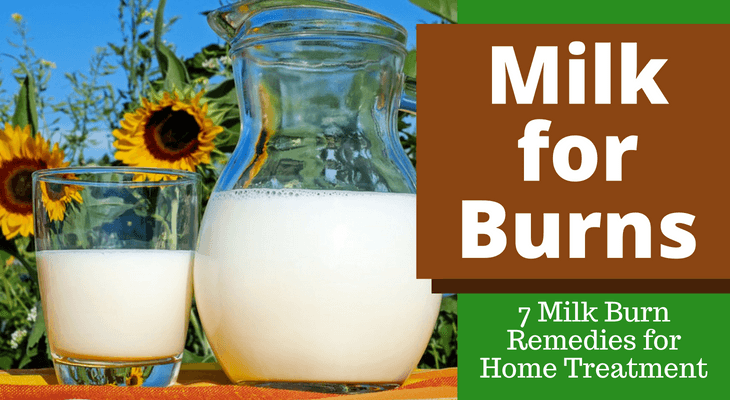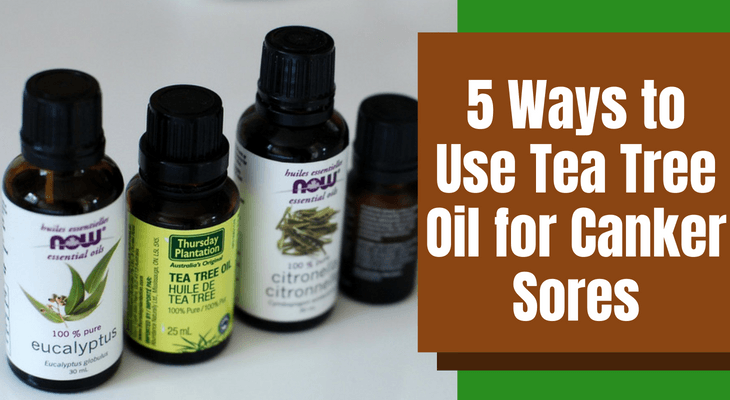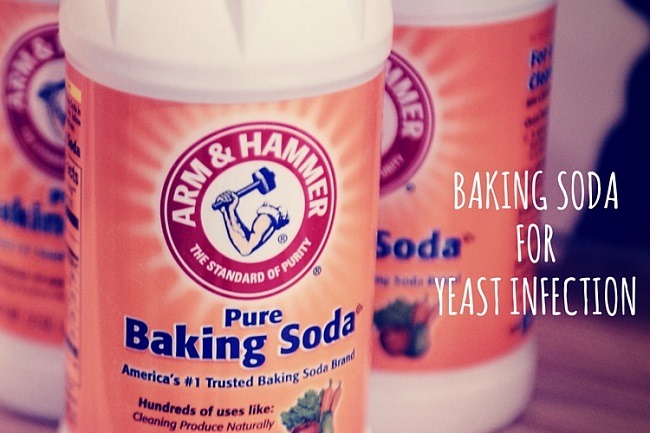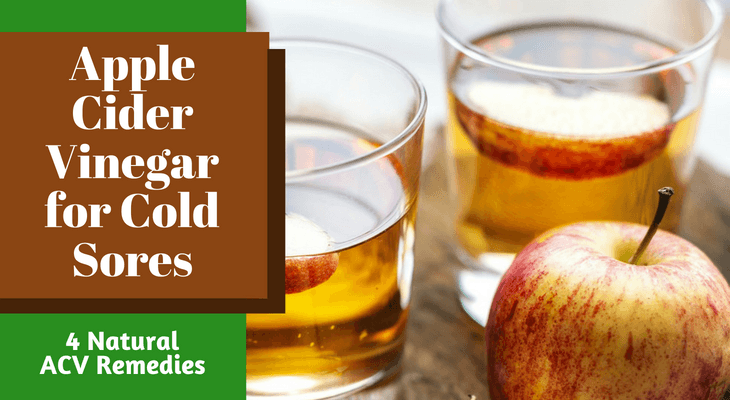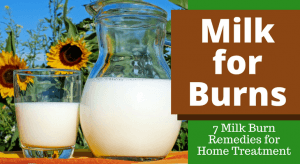 Burns are painful and can scar. Unfortunately, they happen so quickly too. Most burns are minor first and second-degree burns that only affect the skin. But third and fourth-degree burns affect your nerves, blood vessels, muscles, and bone too. These can be life-threatening, particularly if left untreated.
Burns are painful and can scar. Unfortunately, they happen so quickly too. Most burns are minor first and second-degree burns that only affect the skin. But third and fourth-degree burns affect your nerves, blood vessels, muscles, and bone too. These can be life-threatening, particularly if left untreated.
No home treatment should be administered for third and fourth-degree burns except to remove what is causing the burn. Seeking medical help immediately is important. But first and second-degree burns can be treated effectively at home in most cases.
Treating your burns quickly and correctly can reduce the risk of scarring, prevent further damage, and relieve the pain. Using milk for burns is an ancient remedy that has survived into modern times and can be used safely. It also doesn’t cause the same side effects as conventional medications which can’t be used long-term.
How Does Milk Help Burns?
Although there are no tests on humans specifically, there is some research to back up the claims made about milk as a home remedy for burns:
-
The fat globules in milk are anti-inflammatory (1).
-
Milk speeds up the healing of wounds.
-
Cool milk helps to cool the skin and stop it from burning (skim milk only).
- Milk can be used to douse flames and cool smoldering clothing too if there is no water (skim milk is preferable).
Milk Burn Remedies
There are numerous ways that you can use milk for burns, but the best treatment to use first is running cool water over the affected area for a few minutes to cool the burn. Ice water and ice is too harsh and will do more damage. After that, you can try one of these remedies.
Use your chosen remedy every day, even a few times a day, for relief and to speed up the healing process.
1. Milk Soak
-
Simply soak your burn in some cool milk. If you weren’t able to use water to cool your burn you can use skim milk. This is because the fat in whole milk will seal in the burn which can worsen your burn and prolong the pain.
-
If your burn has cooled (it can take a few hours), you can soak your burn in whole milk which contains those helpful fat globules.
-
Soak your burn for at least 20 minutes.
2. Milk Compress
Remember, if you are still experiencing a burning sensation, only use skim milk. Rather save the whole milk for later once your burn is cool.
-
Soak some gauze or a cloth in cool milk.
-
Wring out the excess milk.
-
Apply it to your burn for as long as it stays cool.
-
You can then repeat the process for up to 20 minutes.
-
Then rinse your skin and gently dry it.
3. Dab Milk on Your Burn
You can also take a cotton ball, be careful to only use the type that won’t leave behind fibers in your burn wound, and lightly dab your burn with the milk for a couple of minutes.
4. Milk and Honey
Milk and honey isn’t only a good combination for sleep. Honey is a common burn treatment and is very effective (2). Raw or manuka honey is best because they haven’t been stripped of their antibacterial properties. Honey can help kill bacteria while the milk soothes the burn.
-
Mix together some honey and milk to make a paste that is easy to spread.
-
Apply it to your burn for at least 20 minutes. You can also leave it on for a few hours before rinsing it off, even overnight. Just cover it with gauze first.
5. Milk and Aloe Vera
Aloe vera gel is another age-old remedy used for burns that is very effective at soothing the burn and speeding up healing (3).
-
If you have an aloe plant, cut off a leaf and squeeze the gel out. If not, you can use store-bought aloe gel that’s free from chemicals.
-
Add milk to the aloe gel. Don’t make it too runny.
-
Apply the mixture to your skin for at least 20 minutes before rinsing it off.
6. Milk, Aloe Vera, and Honey Ointment
Combining these three ingredients results in a soothing, protective, wound healing ointment for burns (1).
-
Mix the milk, aloe gel, and honey together to make an ointment that’s easy to spread but not too runny.
-
Apply it to your burn for at least 20 minutes before rinsing it off.
7. Milk and Turmeric
Turmeric has anti-inflammatory properties and helps to reduce pain. It also helps to speed up wound healing (4, 5).
Method 1 (Milk and Turmeric Paste):
-
Mix dried and ground turmeric and milk together to form a paste.
-
Spread this paste on your burn wound and leave it on for at least 20 minutes before rinsing it off.
Method 2 (Milk and Turmeric Compress):
-
Brew some turmeric using a tablespoon of grated turmeric (if you don’t have the powdered form to simply add to the milk) until it cools.
-
Mix equal parts of the turmeric tea and milk.
-
Apply as a compress to your burn using a cloth or gauze as you would plain milk.
-
Alternatively, you can also use a few drops of turmeric essential oil instead of the tea.
You can also add turmeric to your meals along with pepper to boost the absorption of curcumin, the active compound in turmeric responsible for its health properties. This can help to heal you from the inside out. Drinking warm milk with turmeric and some honey is a great remedy for inflammation and it can help you to sleep better too.
Tips and Precautions
-
Keep an eye out for infections. They will need to be treated medically. Signs include swelling, pus, and fever.
-
If you have blisters that keep increasing in size, go to the doctor as this indicates more damage.
-
Keep your burn wound clean especially if you have a burst blister or a wet wound. Don’t scrub it or use harsh soaps, but clean it twice a day and try to avoid using heat near or on your burn.
-
If you find that you get burned in the kitchen often, invest in some heat resistant gloves or oven mitts. Be careful of steam as steam can also burn you. Keep small children away from hot stoves and flames.
-
Make sure that the handles of pots and pans are not sticking out where they can easily be bumped when passing the stove and use longer tongs when you barbecue. Don’t walk barefoot around the grill as hot pieces of charcoal on the ground can burn your feet.
-
Don’t pour accelerants like gas or deodorant over flames as they cause flare-ups. Teens are especially prone to playing with fire in this way.
-
Dress appropriately if you are going out in the cold. Frostbite is a form of burning that comes from prolonged to something cold. Using ice as a cold compress without a cloth can also cause burns due to the cold (6). Dry ice, commonly found in freezers, can also cause you to stick to it, unlike regular ice.
-
Use protective gear when working with chemicals as chemicals can also burn the skin and eyes.
-
Be careful around exposed electrical wires, especially around water. Keep your children away from open electrical sockets. Purchasing a socket cover or one of those plugs designed to keep the sockets closed is recommended.
Please let us know if you found any of these remedies helpful. If you prefer not to use milk for burns, you can check out these other home remedies for burns. You may use other items such as butter and mustard. Let us know what you think in the comments section below!
